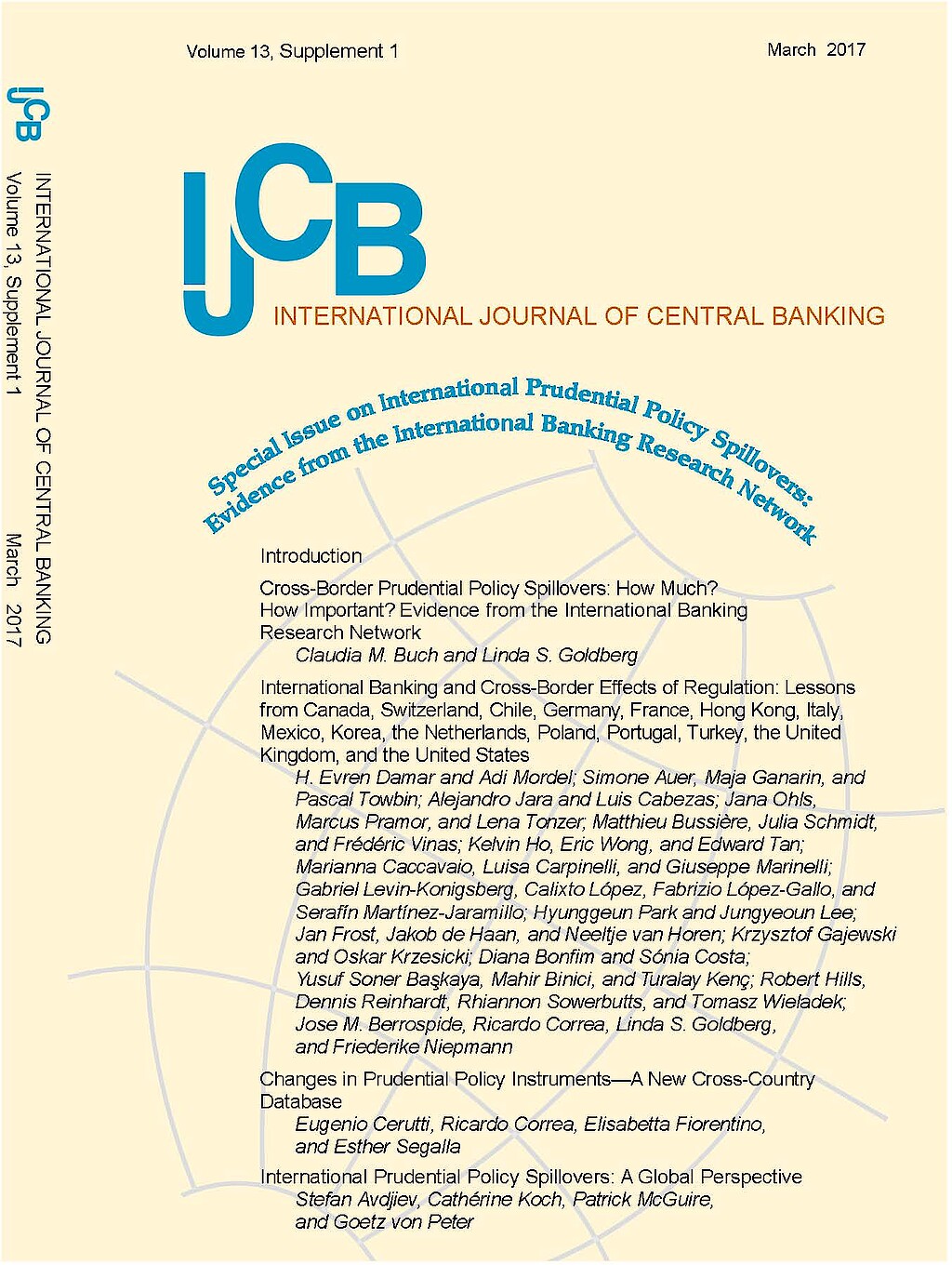
Deleveraging and Consumer Credit Supply in the Wake of the 2008–09 Financial Crisis
We explore the sources of the decline in household nonmortgage debt following the collapse of the housing market in 2006. First, we use data from the Federal Reserve Board's Senior Loan Officer Opinion Survey to document that, post-2006, banks tightened consumer lending standards more in counties that experienced a more pronounced house price decline (the pre-2006 "boom" counties). We then use the idea that renters did not experience an adverse wealth or collateral shock when the housing market collapsed to identify a general consumer credit supply shock. Our evidence suggests that a tightening of the supply of non-mortgage credit that was independent of the direct effects of lower housing collateral values played an important role in households' non-mortgage debt reduction. Renters decreased their non-mortgage debt more in boom counties than in non-boom counties, but homeowners did not. We argue that this wedge between renters and homeowners can only have arisen from a general tightening of banks' consumer lending stance. Using an IV approach, we trace this effect back to a reduction in bank capital of banks in boom counties.





